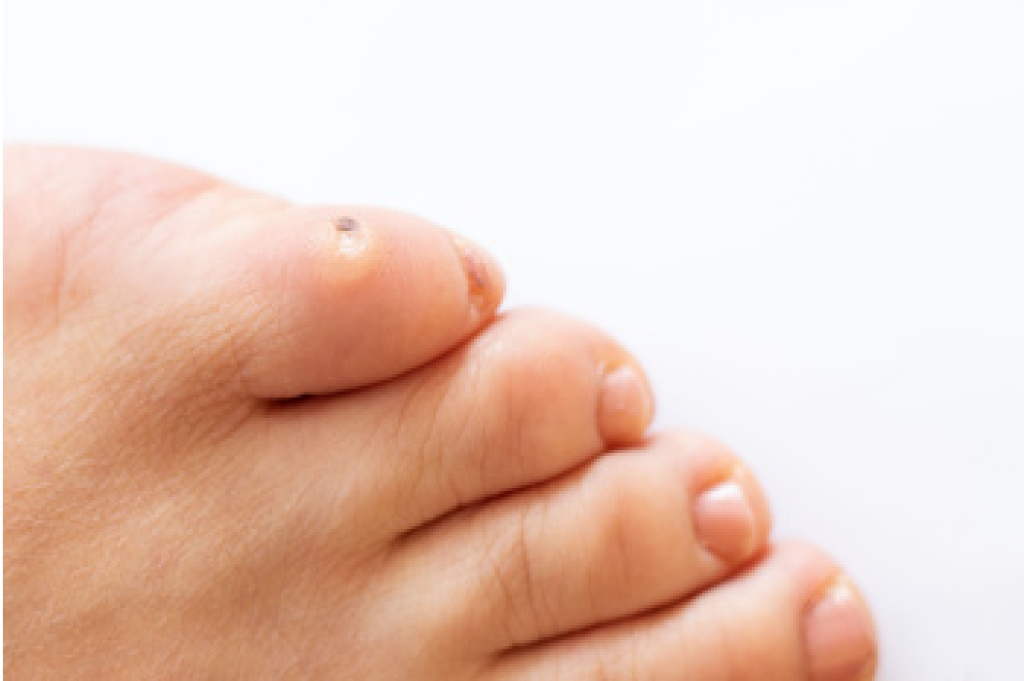
Getting a great fit in running shoes is essential for comfort, performance, and injury prevention. Proper toe fit allows toes to move freely without rubbing or crowding, reducing the risk of blisters and nail issues. Midfoot fit ensures the shoe supports the arch and prevents slipping, while a secure heel fit stabilizes the foot and minimizes friction that can lead to discomfort or injury. Shoe size and shape should match your foot structure and running style. A podiatrist can help by evaluating foot mechanics, identifying pressure points, recommending appropriate footwear, and suggesting custom orthotics, if needed. If running causes foot pain, discomfort, or frequent injuries, it is suggested that you consult a podiatrist who can treat various foot conditions, and provide additional guidance on how to choose shoes that fit properly.
It is important to find shoes that fit you properly in order to avoid a variety of different foot problems. For more information about treatment, contact Zina Cappiello, DPM from Dr. Zina B. Cappiello DPM, LLC. Our podiatrist will treat your foot and ankle needs.
Proper Shoe Fitting
Shoes have many different functions. They cushion our body weight, protect our feet, and allow us to safely play sports. You should always make sure that the shoes you wear fit you properly in order to avoid injuries and deformities such as: bunions, corns, calluses, hammertoes, plantar fasciitis, stress fractures, and more. It is important to note that although a certain pair of shoes might be a great fit for someone else, that doesn’t mean they will be a great fit for you. This is why you should always try on shoes before buying them to make sure they are worth the investment. Typically, shoes need to be replaced ever six months to one year of regular use.
Tips for Proper Shoe Fitting
- Select a shoe that is shaped like your foot
- Don’t buy shoes that fit too tight, expecting them to stretch to fit
- Make sure there is enough space (3/8” to ½”) for your longest toe at the end of each shoe when you are standing up
- Walk in the shoes to make sure they fit and feel right
- Don’t select shoes by the size marked inside the shoe, but by how the shoe fits your foot
The shoes you buy should always feel as good as they look. Shoes that fit properly will last longer, feel better, and improve your way of life each day.
If you have any questions please contact our office located in Clifton, NJ . We offer the newest diagnostic and treatment technologies for all your foot and ankle needs.




